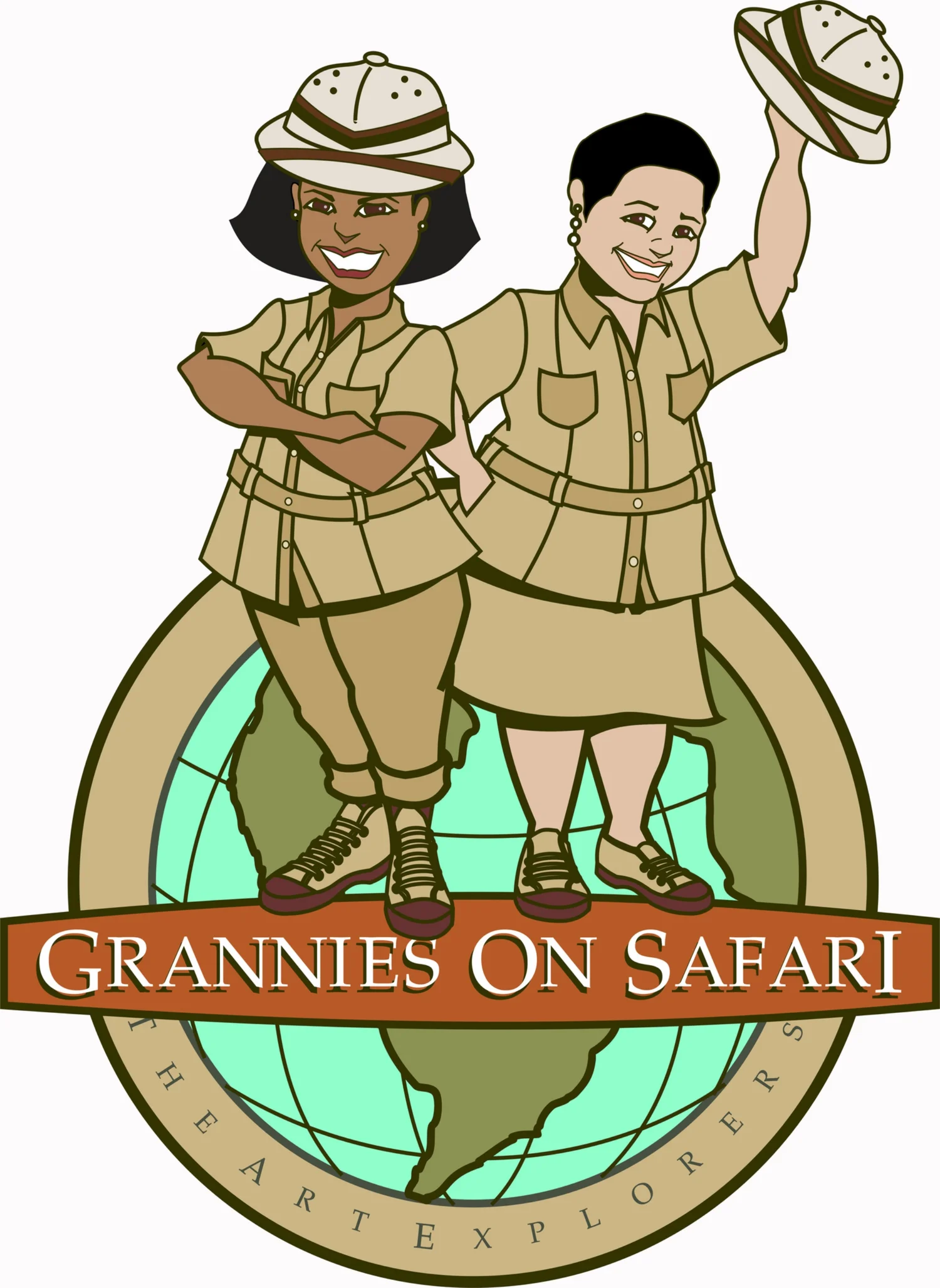I visit Indianapolis quite regularly now that my daughter and her family moved there two years ago. It’s a nice city, not too big and not too small. It’s a sports city – the Colts, Pacers, Indy Speedway and the home of the NCAA. They have a zoo that is known worldwide for its design and conservation/research efforts on behalf of Orangutans, and many colleges and universities with national standing.
I’m a big museum person and was delighted to hear that there was a museum dedicated to Native Americans – their culture and art – on the western edge of downtown Indianapolis, in White River State Park.
Off I went. As you approach the building you can’t miss the bronze “White Tail Deer” sculptures beautifully designed by Kenneth R. Bunn on the front lawn. They seem to leap and dash away as if they are in a forest and we are intruding. In fact, there are several sculptures throughout the grounds, most created by artists of Native American descent. I especially like the “The Greeting,” sculpture – positioned near the entrance of the main building. It’s an impressively large statue of a Blackfoot Indian with outstretched arms and feather, created by artist George Carlson. I didn’t see the gardens but I understood from the registration desk person they are beautiful. Another reason I need to come back.
The architecture of the buildings is stunning. The museum was commissioned by an Indianapolis businessman, Harrison Eiteljorg, to educate, inspire and promote a better understanding of art from the western part of the United States. His other objective was to build a museum that paid homage to Native American culture, art, and history. The museum opened in 1989 (a new contemporary art wing was added in 2005), and was designed by John Hess. Mr. Hess visited the U.S. Southwest to get a feel for the architecture, colors and ideas from this part of the country as he developed his design.
The Eiteljorg is the only museum of it’s kind in the Midwest and houses art, artifacts, exhibits and documents from most of the Native American tribes in North America with a concentration on those from the current United States.
But it was the insides of the museum that took my breath away. You enter through massively carved wooden doors, and the first thing you see is a building with wide aisles, high ceilings and a large open stairway leading up to the second floor exhibition halls behind the registration desk. But I’m getting ahead of myself.
There are three main collections in the museum; Native American Collection, Western Collection of works from 1820 to present, and a Contemporary Collection of art related to the west and Native American cultures. It would take hours to see it all so I concentrated on the Native American exhibits on the second floor. I had a personal reason for this focus because in my family history. Like many American’s, I have Native American roots – my great grandmother was one of the Indian children taken away from her family and sent to a boarding school in Philadelphia. The other reason I was interested in the Native American exhibits was that it featured artifacts, history and art from the eastern Native populations of United States and Canadian tribes, which I knew little about.
As I made my way through the galleries my senses were stimulated with all the simplicity and beauty of the many artifacts. The exhibit on the Southwestern Natives brought back fond memories for me. When I was a young girl I had a dollhouse I shared with my sister. Someone gave us a collection of Native dolls from the Hopi and Navaho. I remember the white leather dresses and beads on the headbands, the dancing male figures with feathers and the small drums that came with them. I didn’t understand their significance but I loved their mysteriousness. There was a great silver jewelry exhibit from this area too, and I was glad that two years ago my husband and I visited Santa Fe where I purchased silver bangles from one of the artists on the plaza, that I wear then proudly.
I knew little about the Eastern and Midwest Native American cultures and was intrigued by the variety of collections associated with the artifacts, practical tools, religious materials and jewelry on display.
I had limited time but was able to sneak a peek at the first floor galleries and see the array of contemporary western art – the O’Keefe’s, Remington’s and others I wasn’t completely familiar with. I have to go back! I also loved the gift shop and purchased some things for my grandchildren.
This museum is important on so many levels. I felt connected to our history, to our land and to our people. By studying our Native American heritage we learn who we are as a people – the good things we did and the bad things.
Visit the Eiteljorg any time of the year, you won’t be disappointed.
www.inwhiteriver.com
Granny Regina – feeling my Native American roots.

